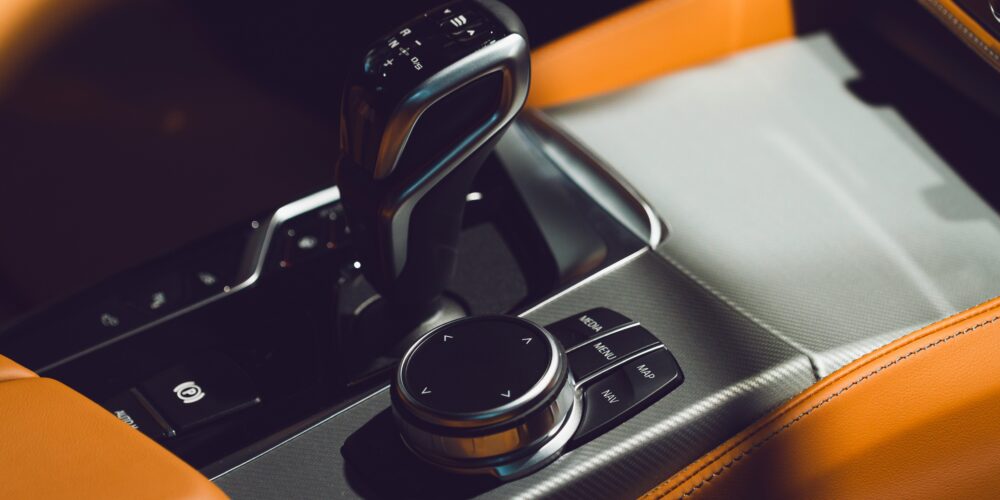In the world of automotive technology, the Continuous Variable Transmission (CVT) has emerged as a popular alternative to traditional automatic and manual transmissions. Known for its smooth driving experience and fuel efficiency, the CVT has been increasingly adopted by many car manufacturers. But what exactly is a CVT, and how does it work? This article delves into the mechanics and benefits of CVTs, offering a comprehensive understanding of this innovative transmission system.
What is a CVT?
A Continuous Variable Transmission (CVT) is a type of automatic transmission that, unlike conventional transmissions, does not have a fixed number of gears. Instead, it uses a flexible system to provide an infinite range of gear ratios. This allows the engine to operate at its most efficient RPM (revolutions per minute) for a variety of driving conditions, enhancing both performance and fuel efficiency in the long term.
How Does a CVT Work?
The CVT operates on a principle quite different from that of traditional gear-based transmissions. The core of a CVT consists of two variable-diameter pulleys connected by a belt or chain. One pulley is connected to the engine (primary pulley), and the other to the drive wheels (secondary pulley). These pulleys can change their effective diameters by moving closer together or further apart, which in turn changes a belt’s travel path. The belt or chain runs between the primary and secondary pulleys. As the pulleys adjust their diameters, the belt or chain moves up and down their surfaces, altering the gear ratio.
The CVT adjusts the ratio between the engine speed and the wheel speed by varying the diameter of these pulleys. When the vehicle needs more power, such as during acceleration or climbing a hill, the CVT adjusts to a lower gear ratio, allowing the engine to rev higher. During steady cruising, it adjusts to a higher gear ratio, lowering the engine RPM and improving fuel efficiency. The movement of the pulleys is controlled by a hydraulic system or an electronic actuator. This system continuously monitors driving conditions and adjusts the pulley positions to provide the optimal gear ratio at any given moment.
Advantages of a CVT
- Smooth Acceleration: One of the most notable benefits of a CVT is it’s seamless acceleration. Since there are no distinct gear shifts, the acceleration is smooth and continuous, providing a more pleasant driving experience.
- Fuel Efficiency: CVTs can keep the engine operating at its most efficient RPM, which improves fuel economy. This makes CVT-equipped vehicles particularly attractive for those looking to reduce fuel consumption.
- Performance Optimisation: By continuously adjusting the gear ratio, a CVT can provide better performance in a variety of driving situations. Whether you’re accelerating, cruising, or climbing a hill, the CVT ensures that the engine operates efficiently.
- Compact and Lightweight: CVTs are generally more compact and lighter than traditional automatic transmissions, which can contribute to the overall efficiency and performance of the vehicle.
Drawbacks of a CVT
- Cost and Complexity: CVTs can be more expensive to manufacture and repair due to their complexity. The specialised components and advanced control systems can lead to higher maintenance costs.
- Driving Feel: Some drivers may not enjoy the experience of driving a vehicle with a CVT. The lack of traditional gear shifts can feel different and the engine sound during acceleration (often referred to as the “rubber band effect”) can be off-putting to some.
- Durability Concerns: While modern CVTs are quite durable, earlier versions had issues with reliability and longevity. However, advancements in technology have significantly improved their robustness.
Continuous Variable Transmissions (CVT) represent a significant advancement in automotive transmission technology. By offering a smooth driving experience, enhanced fuel efficiency, and optimised performance, CVTs are becoming increasingly popular in the automotive industry.
If your vehicle has a CVT and you’re in need of CVT repair or maintenance, our qualified and specialist mechanics are on hand to help. Simply get in touch with us to book your vehicle in with our team, today.

